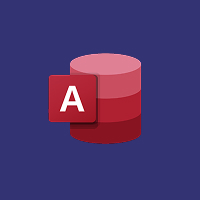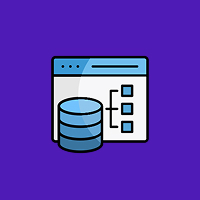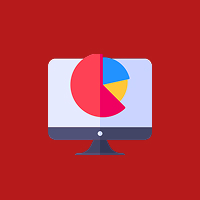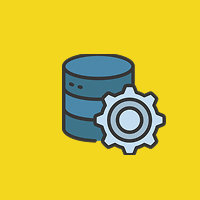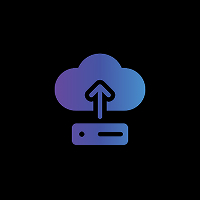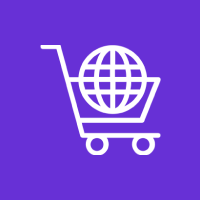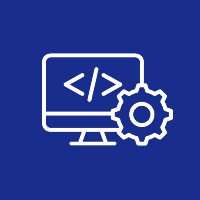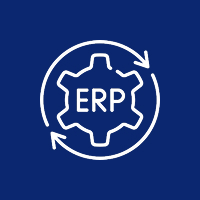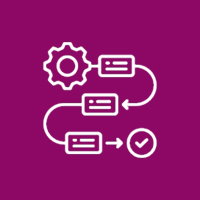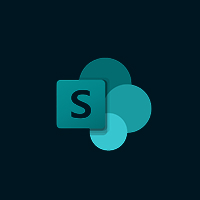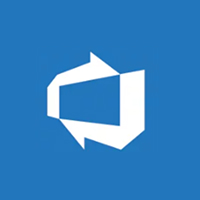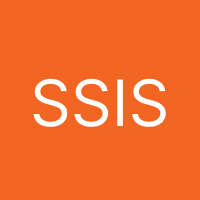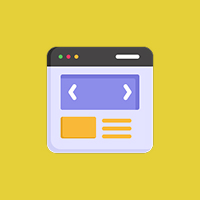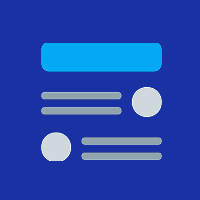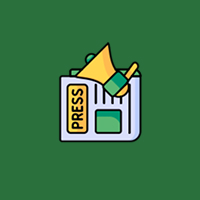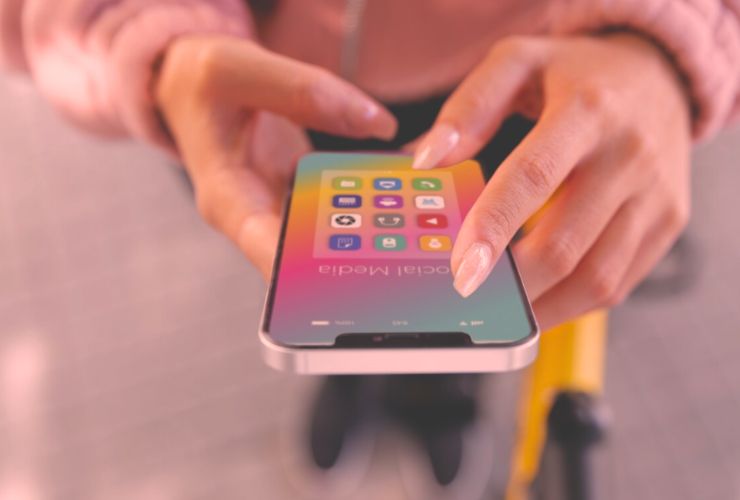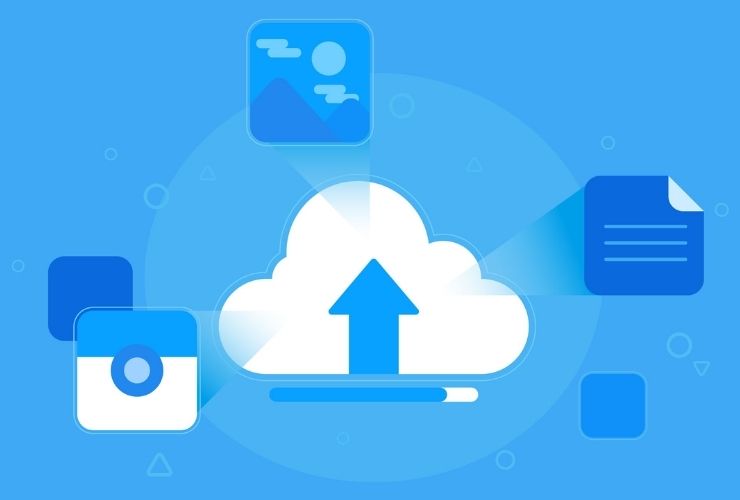Selling your iOS app isn’t a matter of merely adding a price sticker—it’s about providing repeated value while collecting sustainable, long-term profits. With the existence of millions of apps vying for space within the App Store, the creation of a beneficial or enjoyable product is no longer sufficient. In order to become successful, you must have a monetization approach specific to the type of your app, consumer behavior, and market placement.
Whether you are creating your very first app or attempting to maximize the revenue of an already existing one, a well-thought-out, user-focused monetization strategy can mean all the difference.
1. Know Your Audience and App Type
All successful monetization strategies start with a solid understanding of your audience. Who are your users? What are they attempting to solve with your app? Will they pay for convenience, time savings, premium features, or exclusive content?
For example, a casual user could be interested in ads and a sporadic in-app purchase, but a professional would prioritize a clean, ad-free experience with tailored but more feature-rich tools to warrant a paid or subscription model. A game app could survive on a cosmetic in-app purchase, but a fitness app could thrive with tailored subscriptions and coaching content.
Your app’s category, use case, and the value delivered will have a significant impact on which monetization scheme works best.
2. In-App Purchases (IAPs)
In-app purchases are one of the most widely used revenue models, particularly within gaming and freemium-based utilities. It enables users to buy features, purchase digital items, get access to new levels, or personalize their experience.
To be successful, IAPs must be smoothly integrated and actually improve the user experience. Using them too much or locking critical functionality behind paywalls will infuriate users. Well-designed IAPs, on the other hand, can convert casual users to paying customers and greatly increase revenue without alienating your core.
Make sure it’s clear and transparent—users must always know precisely what they’re getting when they buy something.
3. Subscriptions
Subscription-based models provide steady revenue and foster a loyal user base by providing consistent value. Ubiquitous in health, education, entertainment, and productivity apps, this model is best suited for apps that provide updated content or continuous services on a regular basis.
You can offer different tiers of subscription to cater to varying user needs—such as monthly vs. yearly plans, or basic vs. premium features. Consider offering a free trial to give users a taste of the premium experience before they commit.
Make sure the experience stays fresh. New features, updated content, and responsive customer support are key to reducing churn and increasing lifetime customer value.
4. Freemium Model
Freemium apps enable users to have access to the core features of your app free of charge but provide premium features at a fee. This is particularly effective if the free app is valuable enough to entice users, yet the premium app provides greatly improved features.
The key to freemium success is your ability to get free users to pay. This usually comes down to strategic placement of features, gentle nudges, and highlighting the value of upgrading—without being in-your-face or intrusive.
Remember, an awesome freemium app should have users feel like they’re getting value no matter if they pay or not.
5. Advertising and Sponsorships
Ad placement is a familiar revenue source among engaged-user, mass-installer apps. Select an ad form among multiple ones, namely, banner, interstitial, native, and rewarded, depending upon the flow in your app as well as target users.
Rewarded ads, for instance, let users opt to watch an ad for in-app rewards, which is a win-win. Balance is key, though.Bombarding your app with advertisements will push users away, so keep user experience paramount.
Sponsorships, meanwhile, generate substantial revenue with little disturbance for users—if you pair up with brands that fit your app’s category and audience.
6. Paid Apps
Even less dominant now, the paid app model remains appropriate for some niches. Apps providing distinctive, high-value experiences or tools—like professional-class utilities, artistic software, or specialized productivity offerings—can sustain an initial expense.
To get this model right, your App Store listing should effectively convey your app’s value and uniqueness. Great graphics, feature spotlights, and consumer reviews make buyers feel assured the investment is valuable.
Paid apps generally perform best when the target market is small but very motivated to pay for quality and functionality.
7. Hybrid Monetization Models
Why settle for just one model? Many of the most popular apps combine monetization strategies to attract a broader audience and maximize revenue streams.
For instance, a fitness app may provide free access to simple workouts (freemium), enable the purchase of one-on-one training (in-app purchases), and provide ad-free access with a premium subscription. A mobile game may provide ads for free customers and in-app purchases for heavy users, with incentives for subscriptions for special privileges.
Experiment with various combinations and observe what works best with your audience. Flexibility and data-driven adjustment usually yield improved outcomes.
8. App Store Optimization (ASO)
No monetization plan works without visibility. App Store Optimization enhances your potential for being found by users. A well-tuned app page drives traffic, downloads, and ultimately revenue.
Employ high-impact keywords on your app title and description and use compelling screenshots, preview video, and candid, compelling copy. Ask users to review and rate, because reviews and ratings also impact ranking and trust.
Update your listing on a regular basis depending on new features, seasonal offers, and keyword rankings to remain relevant and competitive.
9. Make User Experience the Priority
Monetization can never be done at the expense of usability. Users will not accept apps that break up their experience with continuous pop-ups, misleading pricing, or obtrusive ads.
A user-friendly app that respects its users instills trust—and trust means engagement, word-of-mouth, and buying. Make monetization feel like a seamless part of the experience. For instance, softly guide users towards paying features or introduce them to what they’re missing with a respectful tone.
Pay attention to user criticism and react with rapid complaints or suggestions resolution. A swift, user-centric move pays dividends in retention and income.
10. Monitor, Analyze, and Optimize
You can’t fix what you don’t measure. Monitor your app’s performance on a regular basis using analytics tools such as Firebase, Mixpanel, or Apple’s own App Analytics. See which features are being utilized, where users are falling off, what they’re willing to pay for, and what’s not performing.
Experiment with pricing models, subscription lengths, and ad positions to determine the optimal combinations. Monitor market trends and be prepared to shift your strategy if necessary.
Ongoing optimization is crucial for maintaining long-term profitability and growth.
Conclusion
Monetizing your iOS app is a continuous process that demands clarity, creativity, and dedication. There is no one-size-fits-all formula for success, but by selecting the appropriate strategy—or set of strategies—you can make your app a scalable, profitable product.
Prioritize delivering genuine value to your users. When your app actually solves something, entertains, or improves the daily grind, monetization follows naturally—rather than standing in the way. Remain data-driven, user-focused, and willing to experiment, and your app will not just survive in the App Store but flourish.
Contact Us Today



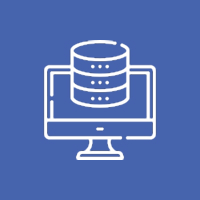


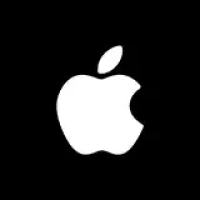

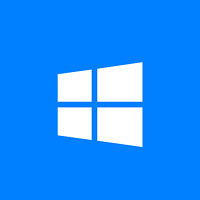
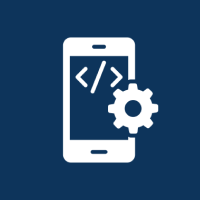



 Database Development
Database Development




